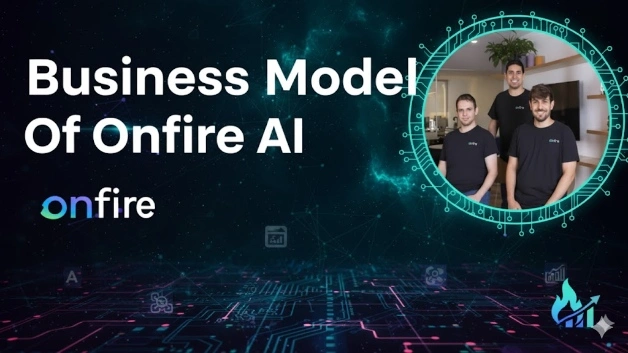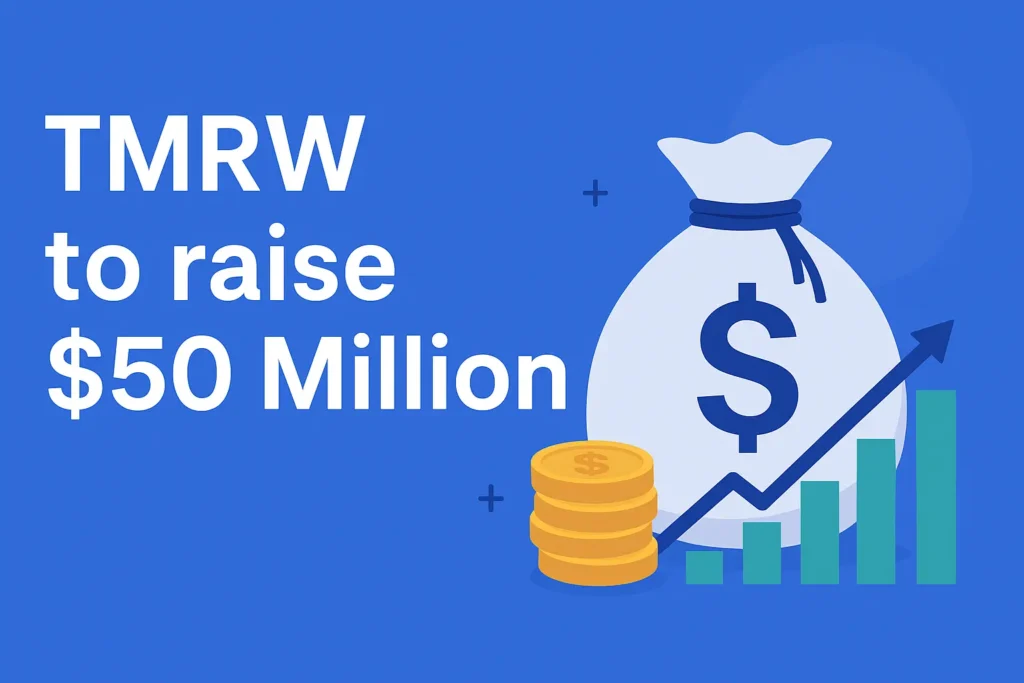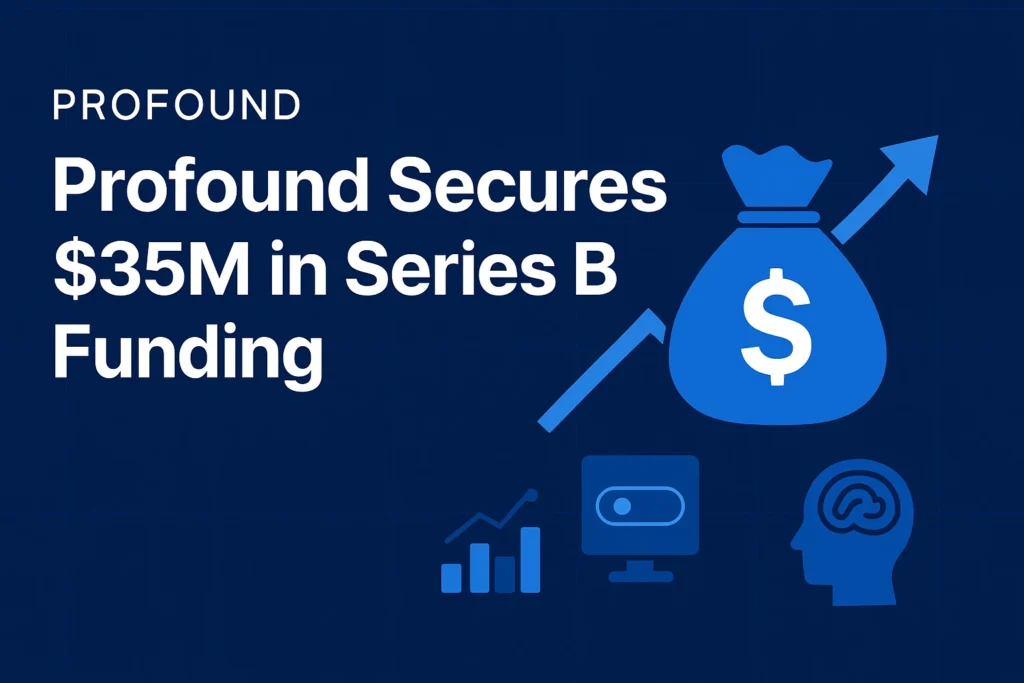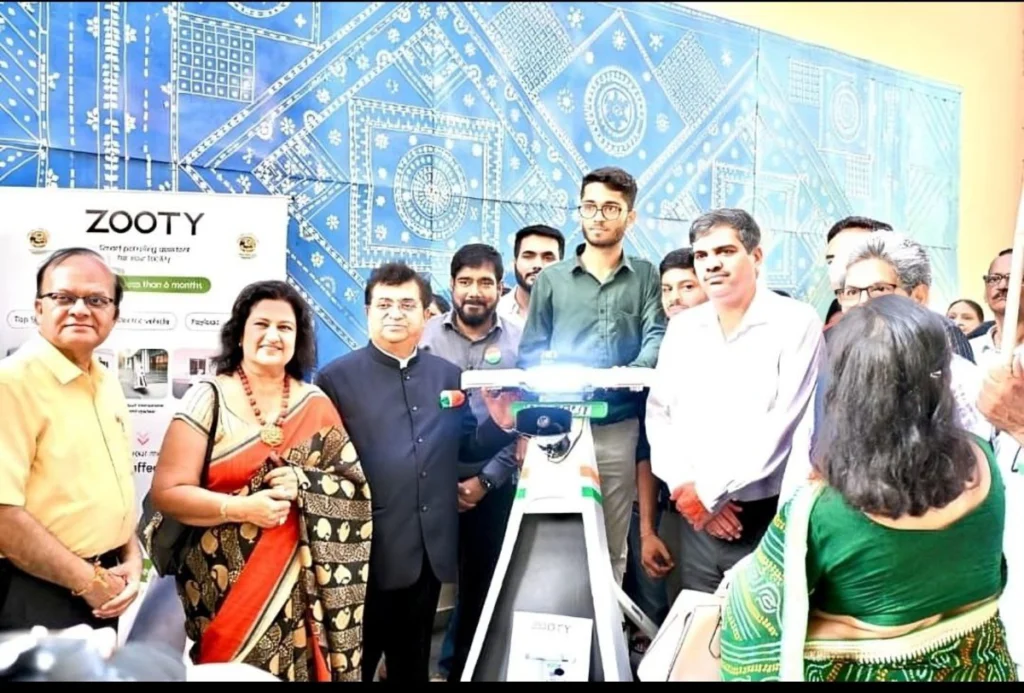| Category | Details |
|---|---|
| How Onfire AI Started | Business Model of Onfire AI: Founded in 2023 by three former Israeli Defense Forces Unit 8200 intelligence operatives: CEO Tal Peretz, CTO Shahar Shavit, and CPO Nitzan Hadar. Onfire AI emerged to solve a critical context gap in B2B sales intelligence: while developer buyers power 90% of software infrastructure purchase decisions through technical community discussions, traditional intent signals from website visits and content downloads miss the early research phases occurring outside conventional sales funnels. The founders leveraged their military-grade intelligence systems expertise identifying targets through data analysis, translating signal detection methodologies to commercial applications. The team interviewed 275 revenue leaders selling to IT buyers before writing code, discovering that while 78% use AI tools, fragmented data and ineffective intent platforms prevented meaningful performance improvements. |
| Present Condition | Onfire AI has emerged from stealth with $20 million in funding including a $14 million Series A co-led by Grove Ventures and TLV Partners, with participation from IN Venture and LeumiTech77. Since launching beta operations twelve months ago, the company has driven over $50 million in closed deals for customers including ActiveFence, Aiven, Cyera, Port, and Spectro Cloud. The Account Intelligence Graph analyzes the public footprint of 50 million engineers and tech stacks of 91% of global companies, detecting subtle signals when organizations evaluate vendors, attend relevant events, or adjust architectures. The platform connects to existing CRM systems without requiring new hardware installations, analyzing developer activity across forums, blogs, networks, and technical communities to identify potential customers and their specific needs in real-time. |
| Future of Onfire AI and Industry | CEO Peretz targets $10 million in sales within the coming twelve months. The funding will accelerate hiring across AI, R&D, and sales functions while expanding the platform’s capabilities. The global AI for sales and marketing market valued at $57.99 billion in 2025 projects explosive growth to $240.58 billion by 2030 at 32.9% compound annual growth. Research confirms buyers favor self-serve discovery and peer recommendations over sales engagement, with Stack Overflow’s millions of developers and Reddit’s technical communities becoming default research hubs. Meanwhile, AI democratization has rendered mass outreach affordable yet ineffective—technical buyers screen more exhaustively as generic sequences inundate inboxes. Organizations increasingly recognize that converting high-value deals requires deep context understanding when decision-makers are ready, not just knowing they exist. |
| Opportunities for Young Entrepreneurs | The fundamental gap between generic AI adoption and measurable performance gains reveals massive opportunity for specialized solution providers. McKinsey research showing 80% of businesses using AI achieve zero measurable gains creates demand for vertical-specific platforms addressing particular buyer personas—CISOs, CTOs, DevOps teams—rather than horizontal tools treating all B2B sales identically. Opportunities exist in building intent detection for specific technical communities, compliance and security buying signal analysis for regulated industries, integration platforms connecting technical signal data with existing sales tools, and predictive analytics forecasting optimal engagement timing. The shift from product-led growth to enterprise conversions requiring deep context presents openings for startups delivering conversation intelligence, technical documentation analysis revealing stack changes, and automated research summarization transforming raw signals into actionable sales intelligence. Geographic expansion opportunities exist particularly in Asia-Pacific markets where technical buyer behavior patterns differ from Western markets. |
| Market Share of Onfire AI | While specific market share figures remain undisclosed at this early stage, the platform’s coverage of 91% of global company tech stacks and 50 million engineer profiles indicates comprehensive data foundation. Customer roster spanning cybersecurity, databases, infrastructure, and developer tools companies demonstrates penetration across high-value enterprise software segments. The vertical focus on developer buyers positions the platform to capture the subset of B2B sales where technical decision-makers control purchase decisions rather than competing across all sales intelligence use cases. Grove’s Levkowitz emphasized the platform’s data layer creates defensibility against CRM incumbents Salesforce and HubSpot, suggesting competitive positioning focuses on complementing rather than replacing existing systems. The military intelligence pedigree provides unique positioning versus competitors lacking specialized signal detection expertise. |
| MOAT (Competitive Advantage) | The platform’s competitive moat consists of five elements: First, military intelligence methodologies from Unit 8200 translating specialized signal detection capabilities developed for national security applications to commercial contexts—expertise competitors cannot easily replicate without similar operational backgrounds. Second, Account Intelligence Graph covering 50 million engineers and 91% of global companies creating network effects as each new data point improves signal accuracy. Third, vertical specialization understanding developer buying journeys specifically rather than generic B2B patterns—the platform detects when engineers discuss pain points, compare solutions, or mention stack changes through technical community analysis. Fourth, data compounding where every customer interaction, won deal, and lost opportunity fine-tunes models for similar accounts and problem types. Fifth, timing advantage where AI-enabled outreach volume makes context the scarce resource determining conversion rates, positioning early movers capturing proprietary datasets advantageously versus followers entering saturated markets. |
| How Onfire AI Makes Money | Revenue of Onfire AI derives from subscription-based licensing of the vertical AI intelligence platform, typically structured as annual contracts scaled by number of sales users, accounts monitored, or signals processed. Enterprise software vendors pay for access to developer buying signal detection eliminating cold outreach inefficiency—traditional approaches generate minimal response rates while intelligence-enabled targeting delivers qualified pipeline. Onfire AI‘s positioning between buyer communities and CRM systems enables capturing recurring revenue from every monitored account across organizational sales operations. Pricing likely follows SaaS metrics including per-seat licensing for sales representatives, usage-based models charging for signal volume processed, or outcome-based structures tying fees to pipeline generated or deals closed. Additional revenue streams may include professional services for go-to-market strategy consulting, custom signal detection for proprietary technical communities, and integration development connecting the platform with specialized sales tools. As Onfire AI transition from spray-and-pray outreach to intelligence-enabled targeting, contract values expand through increased account coverage and enhanced analytics capabilities identifying buying intent earlier in purchase cycles. |
I’m Araib Khan, an author at Startups Union, where I share insights on entrepreneurship, innovation, and business growth. This role helps me enhance my credibility, connect with professionals, and contribute to impactful ideas within the global startup ecosystem.




